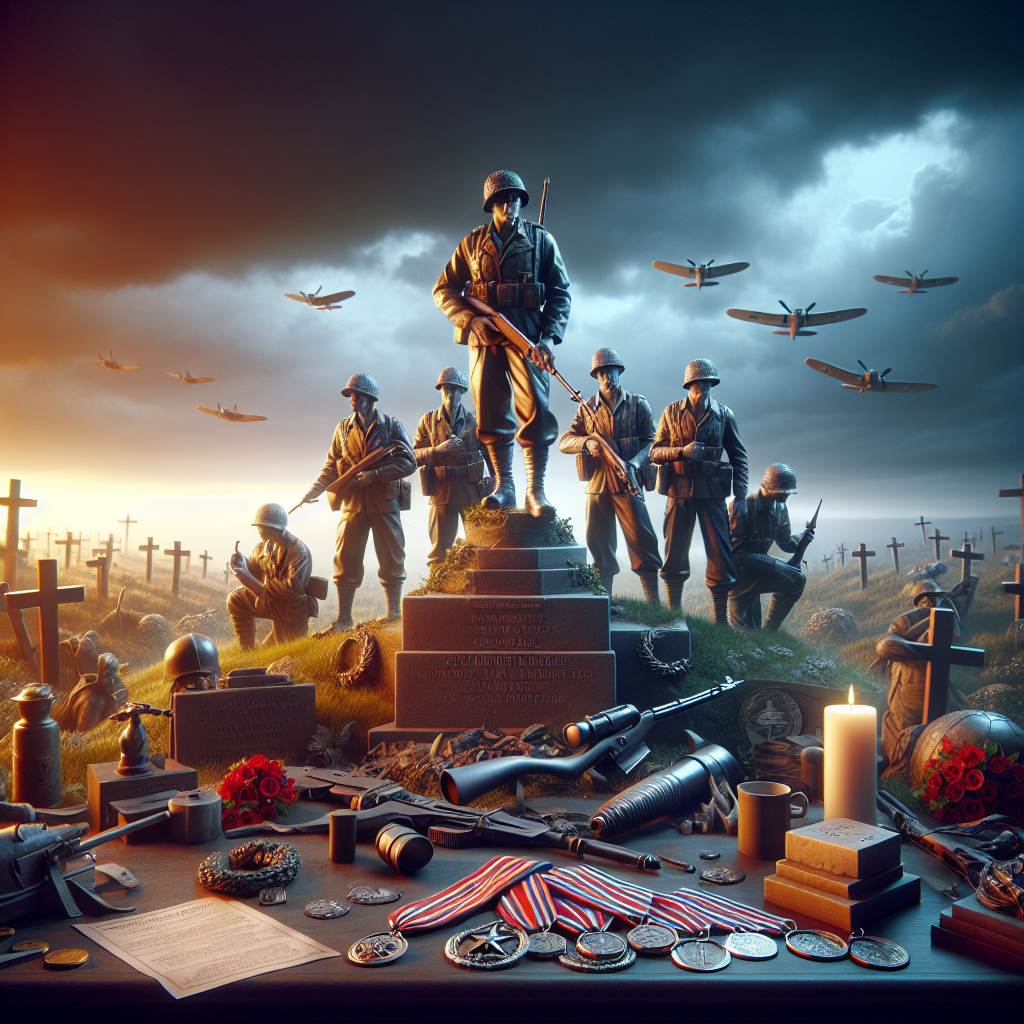Imagine being plucked from the depths of despair in Soviet labor camps and finding yourself part of an extraordinary march that reshaped the path of World War II. This is the story of Anders’ Army, a beacon of hope during some of history’s darkest times. Who are we talking about? The Polish Armed Forces under General Władysław Anders, consisting of tens of thousands of soldiers and civilians, almost magically assembled in the vast wilderness of the Soviet Union. What was their mission? Fueled by a fierce desire for freedom and to restore Poland's sovereignty, they marched across continents to join Allied forces. This journey took place during the chaotic throes of the early 1940s, when World War II ravaged Europe. Where did they go? Their route spanned from the Soviet Union, winding through war-torn Iran, Iraq, and Palestine, eventually leading them to Italy. Why does their tale matter? Anders’ Army not only symbolizes resilience and unity but also highlights complex geopolitical maneuvers and the bitter realities of political promises made and broken.
The origins of Anders’ Army are rooted in both tragedy and triumph. Poland, having been caught in the crossfire between Nazi Germany and the Soviet Union, saw its people scattered and subjugated. With over a million Poles deported to harsh Soviet territories, the future seemed desolate. Enter General Władysław Anders. Unlike many leaders, Anders possessed a distinct blend of compassion and strategic brilliance that resonated deeply with his troops. His release from Soviet captivity in 1941 was thanks to the Sikorski–Mayski Agreement, an alliance of convenience. This pact, however, was more about mutual necessity between the Soviet Union and Poland’s government-in-exile rather than genuine solidarity.
With a need to fight back against oppressive regimes, Anders rallied tens of thousands of Polish soldiers and civilians languishing in the Soviet Union. They faced a dilemma: trustingly join the Soviet army or suffer without hope. Anders offered an alternative. Opting out of Soviet ranks, his army promised freedom and a chance to fight for Poland’s future. Throughout history, armies have been celebrated for their military prowess, but Anders’ Army gained recognition for its humanity. They included women, children, and the elderly, setting aside traditional views of what a fighting force should resemble.
But Anders’ Army was not just a footnote in history; it was a formidable force in the Allied campaigns. After the grueling trek across Central Asia and the Middle East, the army contributed significantly in the Battle of Monte Cassino in Italy. This experience reflects their unyielding determination, especially against the backdrop of lingering doubts among the Allied powers about Polish sovereignty. The battle, one of the key struggles against German forces, showcased the tactical skill and bravery of the Polish soldiers, earning them respect on the global stage.
On its march, Anders’ Army became a symbol, rallying other displaced Poles and garnering attention to the plight of a nation. Yet, despite their bravery, the army's story underscores the harsh reality of wartime politics. As the Soviet Union’s influence over Eastern Europe grew, the Polish government-in-exile found itself sidelined. The Yalta Conference in 1945 was a bitter reminder that allies often make decisions based on power dynamics rather than principles. Western powers' acquiescence to Soviet demands betrayed a nation Anders hoped to liberate. For many soldiers, returning to a Soviet-controlled Poland was not an option. Faced with few choices, many settled elsewhere, becoming part of the post-war diaspora.
In understanding Anders’ Army, it's crucial to acknowledge competing narratives. Some might argue that Anders was merely capitalizing on Poland's vulnerability to consolidate power. Others highlight his military strategy as a critical contribution to the Allied victory in Europe. As a politically liberal writer, I find it important to empathize with differing views while recognizing the overwhelming drive for justice and autonomy behind Anders’ motivations. Anders’ Army serves as a reminder that political alliances can be fickle and that sometimes, the moral high ground is sacrificed on the altar of tactical convenience.
Anders’ Army isn’t just about battles and borders; it’s about human perseverance against authoritarian barriers. It reflects a universal fight against oppression, echoing today’s struggles for freedom and democratic representation worldwide. To Gen Z and beyond, the tale of Anders’ Army is a relevant chapter in history, illustrating how a collective yearning for freedom can forge a path through even the harshest terrains of war.

